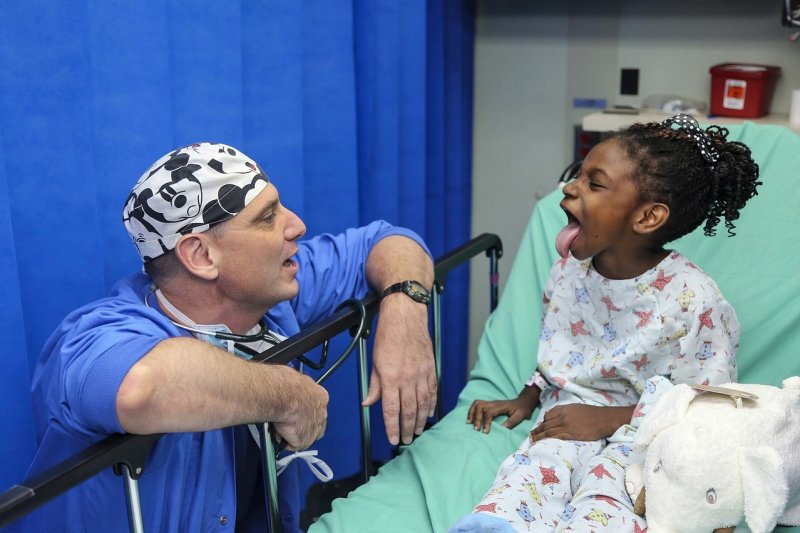
A new study suggests children of color and those living in poverty are at higher risk for death after hospitalization.
Photo by skeeze/Pixabay
May 16 (UPI) -- Children living in under-served neighborhoods in the United States who are hospitalized for any reason are at higher risk for being admitted to the pediatric intensive care unit and dying while there, a study presented Monday found.
Black children treated in hospital pediatric intensive care units nationally are also more likely to die than those of other races and ethnicities, the analysis of Medicaid data presented during the American Thoracic Society's international conference in San Francisco showed.
Children covered by Medicaid from households with the lowest income levels were 21% more likely to be admitted to hospital pediatric intensive care units compared to those living in higher-income households still receiving Medicaid, the data showed.
Once in the pediatric intensive care unit, or PICU, they were 12% more likely to die, the researchers said.
Compared with White children on Medicaid, Black children who receive the government-funded health insurance for people with low incomes were 15% more likely to be admitted to the PICU and 18% more likely to die there, according to the researchers.
"It is clear that children living in underserved areas and racial or ethnic minority groups are at higher risk of death in intensive care," study co-author Dr. Hannah Mitchell said in a press release.
"It is important that doctors working in this field understand this and investigate why this is happening," said Mitchell, a fellow in critical care medicine at Evelina Children's Hospital in London.
May 16 (UPI) -- Children living in under-served neighborhoods in the United States who are hospitalized for any reason are at higher risk for being admitted to the pediatric intensive care unit and dying while there, a study presented Monday found.
Black children treated in hospital pediatric intensive care units nationally are also more likely to die than those of other races and ethnicities, the analysis of Medicaid data presented during the American Thoracic Society's international conference in San Francisco showed.
Children covered by Medicaid from households with the lowest income levels were 21% more likely to be admitted to hospital pediatric intensive care units compared to those living in higher-income households still receiving Medicaid, the data showed.
Once in the pediatric intensive care unit, or PICU, they were 12% more likely to die, the researchers said.
Compared with White children on Medicaid, Black children who receive the government-funded health insurance for people with low incomes were 15% more likely to be admitted to the PICU and 18% more likely to die there, according to the researchers.
"It is clear that children living in underserved areas and racial or ethnic minority groups are at higher risk of death in intensive care," study co-author Dr. Hannah Mitchell said in a press release.
"It is important that doctors working in this field understand this and investigate why this is happening," said Mitchell, a fellow in critical care medicine at Evelina Children's Hospital in London.
The findings are based on an analysis of Medicaid claims data collected between 2007 to 2014 from 12 states nationally, the researchers said.
The researchers used patient ZIP codes to pinpoint areas of "local socioeconomic deprivation," based on the percentage of the population living below 150% the federal poverty line, they said.
Among more than 4 million patients age 21 years and younger included in the study, nearly 275,000 were admitted to a hospital PICU and 2.5% of them ultimately died there, the data showed.
Of those treated in hospital PICUs, 44% were White and 32% were Black, the researchers said.
Previous studies have suggested that children from low-income families receive worse medical care for everything from appendicitis to brain injuries.
"Children coming from underserved areas might be more likely to receive care in lower quality hospitals [and] once in the hospital, certain children might be more likely to be treated differently by doctors," Mitchell said.
"More research is needed to understand which of these is the main driver of disparate outcomes, so that targeted interventions can be developed to try to help deal with the problem," she said.
No comments:
Post a Comment